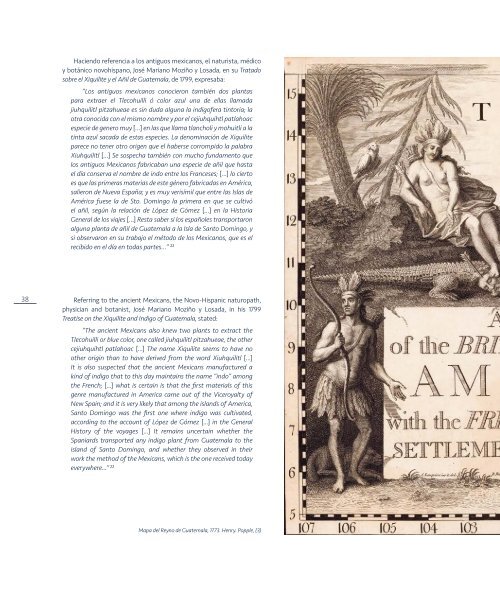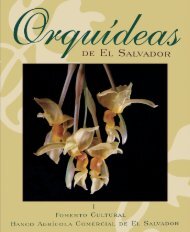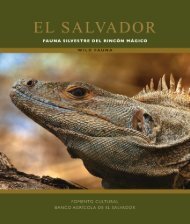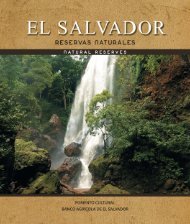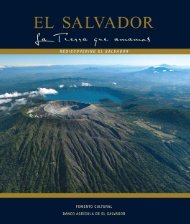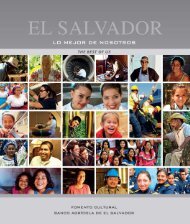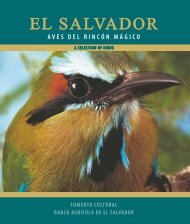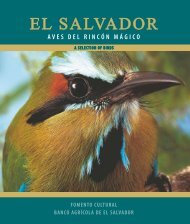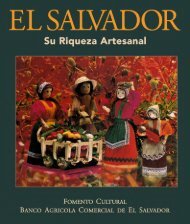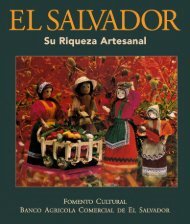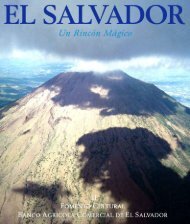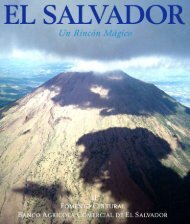You also want an ePaper? Increase the reach of your titles
YUMPU automatically turns print PDFs into web optimized ePapers that Google loves.
Haciendo referencia a los antiguos mexicanos, el naturista, médico<br />
y botánico novohispano, José Mariano Moziño y Losada, en su Tratado<br />
sobre el Xiquilite y el Añil de Guatemala, de 1799, expresaba:<br />
“Los antiguos mexicanos conocieron también dos plantas<br />
para extraer el Tlecohuilli ó color azul una de ellas llamada<br />
jiuhquilitl pitzahueae es sin duda alguna la indigofera tintoria; la<br />
otra conocida con el mismo nombre y por el cejiuhquihtl patlahoac<br />
especie de genero muy […] en las que llama tlancholi y mohuitli a la<br />
tinta azul sacada de estas especies. La denominación de Xiquilite<br />
parece no tener otro origen que el haberse corrompido la palabra<br />
Xiuhquilitl […] Se sospecha también con mucho fundamento que<br />
los antiguos Mexicanos fabricaban una especie de añil que hasta<br />
el día conserva el nombre de indo entre los Franceses; […] lo cierto<br />
es que las primeras materias de este género fabricadas en América,<br />
salieron de Nueva España; y es muy verisímil que entre las Islas de<br />
América fuese la de Sto. Domingo la primera en que se cultivó<br />
el añil, según la relación de López de Gómez […] en la Historia<br />
General de los viajes […] Resta saber si los españoles transportaron<br />
alguna planta de añil de Guatemala a la Isla de Santo Domingo, y<br />
si observaron en su trabajo el método de los Mexicanos, que es el<br />
recibido en el día en todas partes…” 22<br />
38 Referring to the ancient Mexicans, the Novo-Hispanic naturopath,<br />
39<br />
physician and botanist, José Mariano Moziño y Losada, in his 1799<br />
Treatise on the Xiquilite and Indigo of Guatemala, stated:<br />
”The ancient Mexicans also knew two plants to extract the<br />
Tlecohuilli or blue color, one called jiuhquilitl pitzahueae, the other<br />
cejiuhquihtl patlahoac [...] The name Xiquilite seems to have no<br />
other origin than to have derived from the word Xiuhquilitl [...]<br />
It is also suspected that the ancient Mexicans manufactured a<br />
kind of indigo that to this day maintains the name “indo” among<br />
the French; [...] what is certain is that the first materials of this<br />
genre manufactured in America came out of the Viceroyalty of<br />
New Spain; and it is very likely that among the islands of America,<br />
Santo Domingo was the first one where indigo was cultivated,<br />
according to the account of López de Gómez [...] in the General<br />
History of the voyages [...] It remains uncertain whether the<br />
Spaniards transported any indigo plant from Guatemala to the<br />
island of Santo Domingo, and whether they observed in their<br />
work the method of the Mexicans, which is the one received today<br />
everywhere...” 22 Mapa del Reyno de Guatemala, 1773. Henry. Popple, (3)


